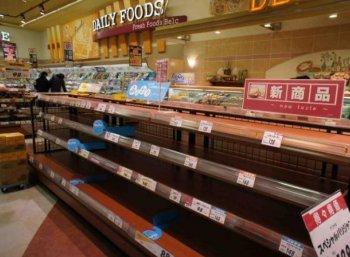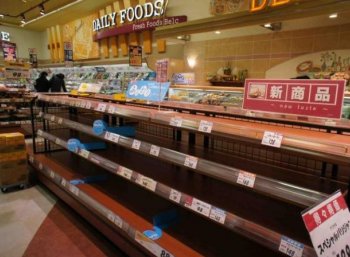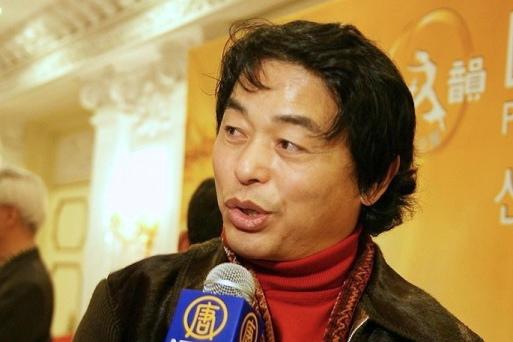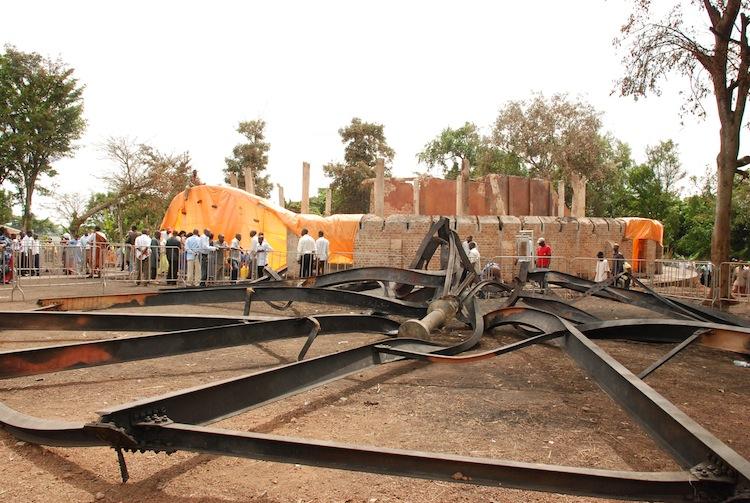TOKYO—On any normal Saturday afternoon, the mall would be packed with shoppers. But this Saturday, barely 24 hours after the massive earthquake that devastated Northeastern Japan, the fashion outlets are unusually quiet—only the supermarket is crowded with shoppers.
In this Tokyo suburb of Chofu, the damage was minimal, but the aftershocks are almost constant. People are scared and unsure if they will have electricity and water—so they are stocking up on whatever they can.
Shoppers are mostly buying up foods that do not require cooking—ready-made rice, instant noodles, bread, and milk.
One supermarket in the Kita-Matsudo Station of Chiba—the next prefecture east of Tokyo—posted a notice apologizing to shoppers for not having goods on the shelves as promised in their advertisements.
“We have a deep sorrow to the victims of the Great Earthquake of Eastern Japan,” the notice reads. “We are in the difficult situation of not having the supply of goods that are in our ads. We deeply apologize and appreciate your understanding.”
The phenomenon is far from isolated. In Tsukuba, Ibaraki, a city northeast of Tokyo, Australian researcher Dr. Qiwen Yao could not find anything on the shelves of the nearby supermarkets on Sunday.
At Yao’s home, the power has been out since the quake struck near the East Coast of Honshu Island at 2:46 p.m. on Friday and was not restored until early Saturday morning.
Earthquake Drives Japanese to Stock Up on Food
Two days after the massive earthquake struck northeastern Japan, supermarket shelves have gone empty.
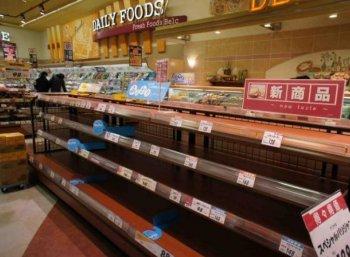
Worried residents in Chofu, a suburb west of Tokyo, empty out the bread section and buy up everything else that does not require cooking, on March 12, the day after the massive earthquake. Constant aftershocks have raised fears that water and electricity will be lost. The Epoch Times
|Updated:
